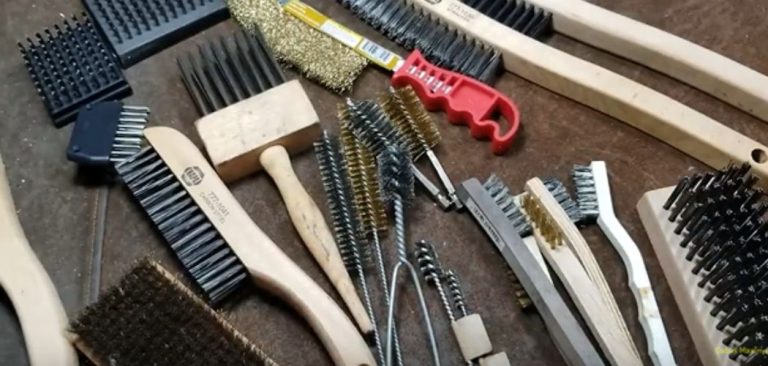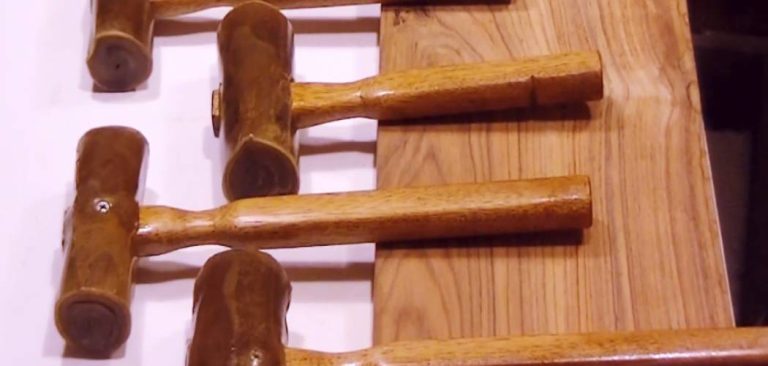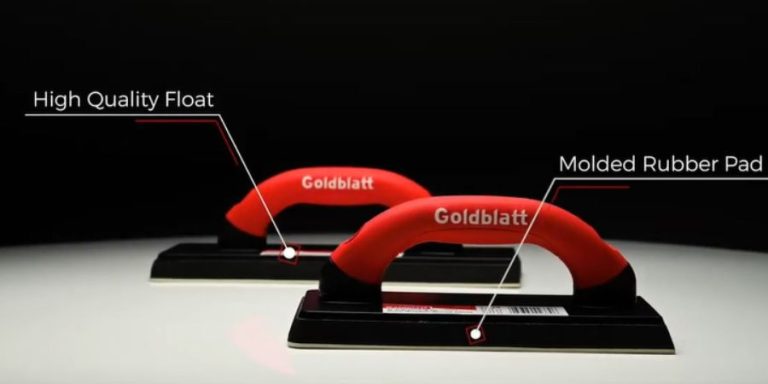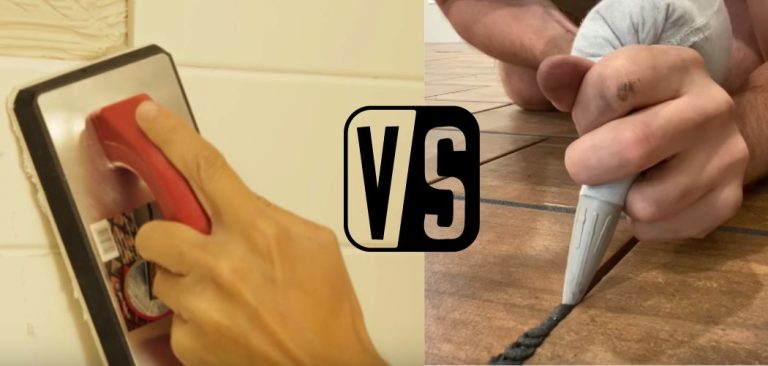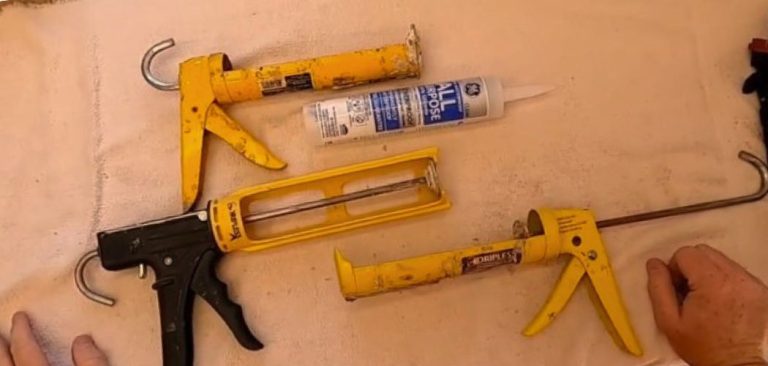Rip Claw Hammer Uses: a Versatile Tool for Carpentry, Construction, and Demolition
When it comes to versatile tools in carpentry, construction, and demolition, the rip claw hammer stands out as a reliable choice. Known for its straight claw design and robust build, this hammer is a go-to option for professionals and DIY enthusiasts tackling a variety of tasks. While many hammers are designed primarily for driving nails, the rip claw hammer offers added functionality for prying, splitting wood, and even light demolition work.
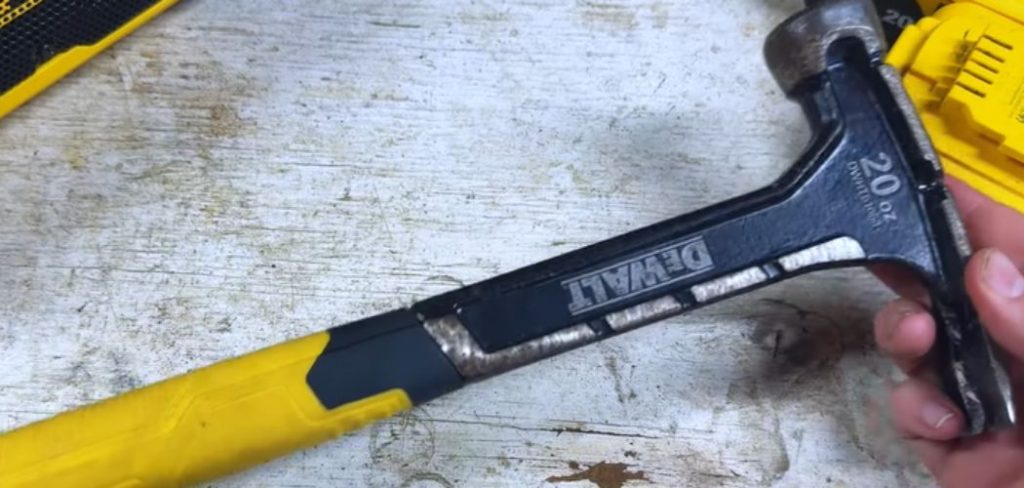
Its unique design and durability make it an indispensable tool in any toolkit. In this article, we will explore the various uses of the rip claw hammer, providing insights to help you maximize its potential in your next project.
What is a Rip Claw Hammer?
A rip claw hammer is a strong and versatile tool, ideal for construction, carpentry, and demolition. It features a straight claw at the back, making it perfect for prying, removing nails, and splitting wood. This design provides greater leverage compared to a curved claw hammer.
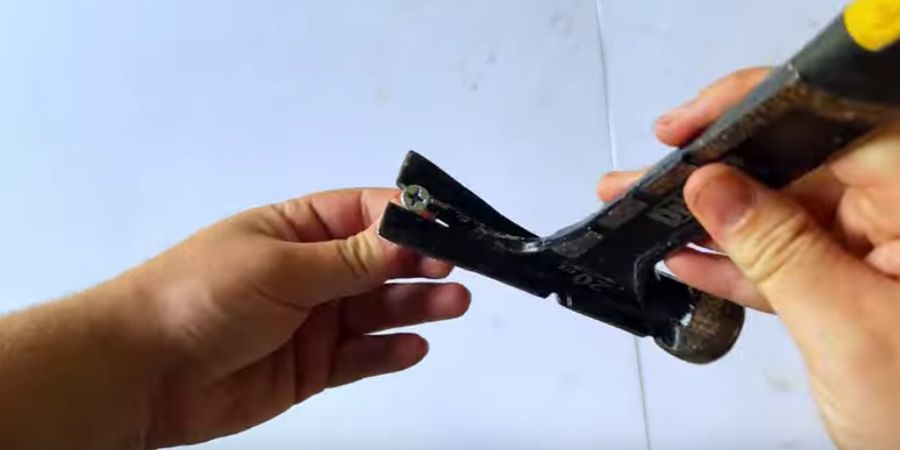
The head is typically made of forged steel for durability, while the handle may be crafted from wood, fiberglass, or rubber-coated materials for comfort. The flat face is used for driving nails, while the straight claw excels in pulling nails and light demolition tasks. First developed in the 19th century, the rip claw hammer remains a trusted, multipurpose tool for professionals and DIY enthusiasts alike.
Types of Work for Rip Claw Hammer Uses
The rip claw hammer is an essential tool for various projects, offering precision and power. Its unique straight claw design and sturdy construction make it extremely versatile. Below is a detailed look at its ideal uses:
Nail Removal and Prying
- The straight claw provides exceptional leverage, making it perfect for extracting deeply embedded nails.
- It is ideal for separating boards or breaking down wooden structures without causing excessive damage.
Framing and Construction
- Commonly used in construction projects to drive large nails into wood or other hard materials.
- Heavier models (20-32 ounces) are excellent for tasks requiring extra striking force.
Demolition Work
- Perfect for light demolition jobs, such as dismantling wood frames or removing drywall.
- The durable steel head withstands repeated impacts without deforming.
General Carpentry
- Lightweight versions (16-20 ounces) are suitable for small-scale carpentry or household repairs.
- The smooth hammer face reduces surface damage, making it ideal for woodworking and assembly.
Versatility Across Projects
- Handles are available in wood, fiberglass, or steel, providing options for grip and shock absorption.
- Ergonomic designs minimize user fatigue, especially during extended work sessions.
How to Use a Rip Claw Hammer to Remove a Bent Nail From Wood?
Removing a bent nail from wood using a rip claw hammer requires a careful technique to ensure efficiency and protect the wood. Here’s how to do it:
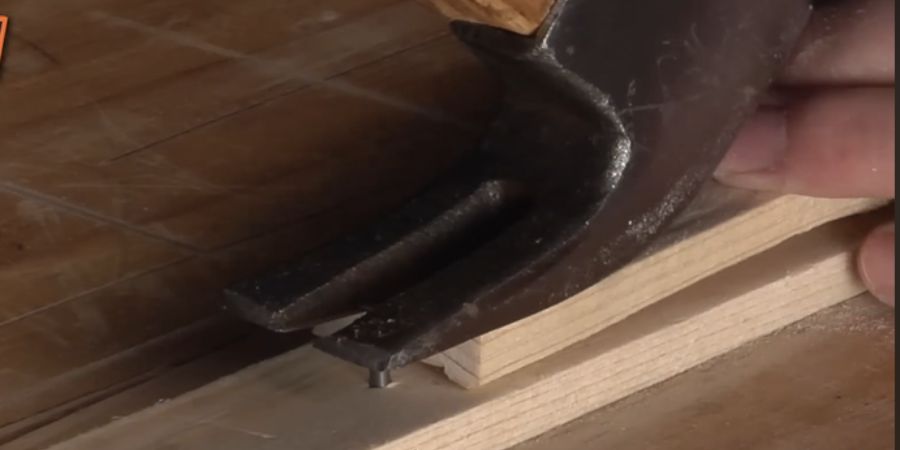
Assess the Nail’s Position
If the nail head is flush with or slightly sunk into the surface, use a pry bar or small chisel to create enough space for the claw to grip securely.
Position the Claw
Place the straight claw under the nail head and ensure a firm hold. If needed, gently tap the hammer’s face against the claw to wedge it beneath the nail.
Pull with Leverage
Grip the hammer near the end of the handle to maximize leverage. Pull the hammer backward in a controlled motion, using the claw as a fulcrum. If the nail resists, wiggle the claw slightly side to side to loosen it.
Protect the Wood Surface
Place a small piece of scrap wood or a metal plate under the hammer head to distribute pressure and prevent dents.
Finish the Job
If the nail bends further, straighten it with pliers or light taps before resuming removal. Inspect the wood for any damage and repair it as necessary by sanding or filling gaps.
By following these steps, you can effectively remove bent nails while preserving the wood’s integrity.
Primary Differences Between a Rip Claw Hammer and a Curved Claw Hammer
- A rip claw hammer has a straight claw, designed for prying, splitting wood, and light demolition tasks, making it ideal for construction and framing.
- A curved claw hammer features a rounded claw, which is more effective for pulling nails with minimal wood damage, making it better suited for general household repairs.
FAQs
Can a Rip Claw Hammer Be Used for Demolition Tasks?
Yes, the rip claw hammer is highly effective for light demolition tasks. Its straight claw provides the leverage needed to dismantle structures, remove wooden boards, and break apart drywall. For heavy demolition, however, specialized tools like crowbars may be more efficient.
What Weight of Rip Claw Hammer Is Best for Different Tasks?
- Light tasks (e.g., furniture repair, trim work): Opt for a hammer weighing 16-20 ounces for better control and precision.
- Heavy-duty tasks (e.g., framing, construction): Choose a heavier hammer, around 20-32 ounces, to drive nails deeper with greater force.
What Type of Handle Is Best for a Rip Claw Hammer?
The choice of handle depends on the task and personal preference:
- Wood: Provides a traditional feel and excellent shock absorption.
- Fiberglass: Lightweight and absorbs vibration, making it ideal for prolonged use.
- Steel: Extremely durable, suitable for heavy-duty work, though it transmits more vibration.
How Do I Protect Wood Surfaces While Using a Rip Claw Hammer?
To avoid damaging wood when pulling nails or prying, place a piece of scrap wood or a metal plate under the hammer’s head. This evenly distributes pressure and prevents dents or scratches on the surface.
Read also:

